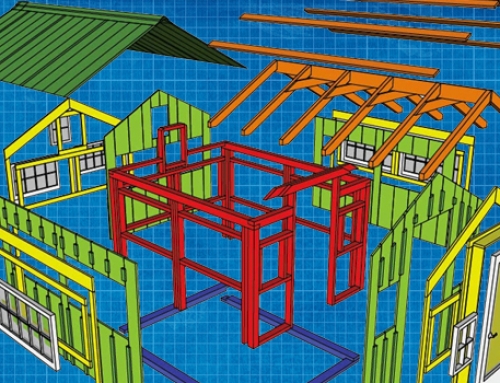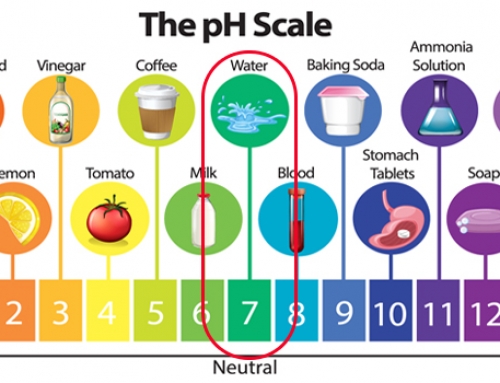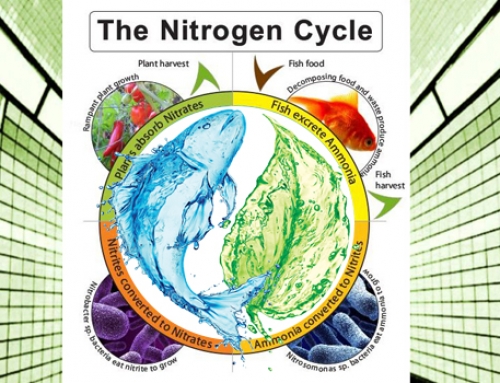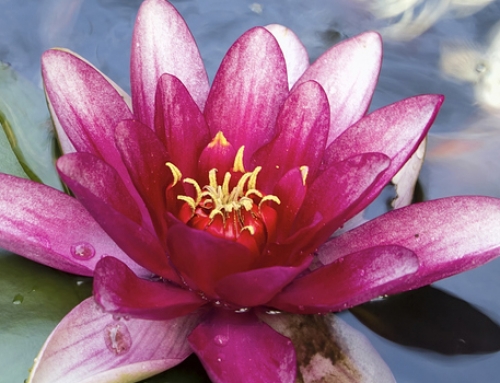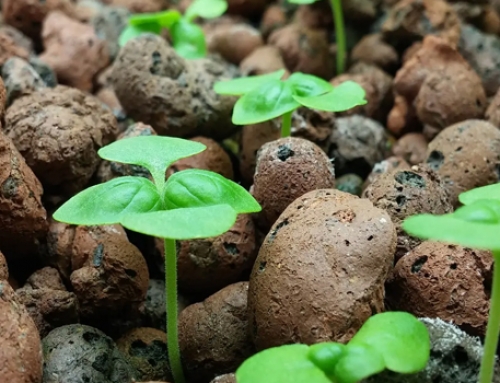Project Description
In aquaponic systems, maintaining safe nitrate levels is essential. Nitrification is defined as the process by which ammonia is oxidized to nitrite and then to nitrate in wastewater with the help of bacteria and chemical reactions. Ammonia-oxidizing bacteria convert ammonia into nitrite while nitrite-oxidizing bacteria convert nitrite to nitrate with the help of oxygen.
Nitrification in an aquaponic system is vital, as both ammonia and nitrite are harmful and toxic to fish. However, nitrate is not very harmful to fish, plants, and helps produce protein and nucleic acids. The system must be regularly monitored for ammonia, nitrite, nitrate, and pH levels. The nitrifying bacteria live in the fish tank gravel and the growth bed.
The process of nitrification happens on its own. No bacteria or other chemicals need to be added to the water. In fact, the process is natural. Fish waste serves the purpose of synthetic fertilizers while the plants help clean the water for a healthy environment for the fish to live in. This fish waste is helpful for the growth of plants but contains high concentrations of ammonia that can be harmful to the fish themselves. Thus, adding fish to the system would multiply ammonia. However, the fish must not be overstocked to maintain safe nitrate levels.

